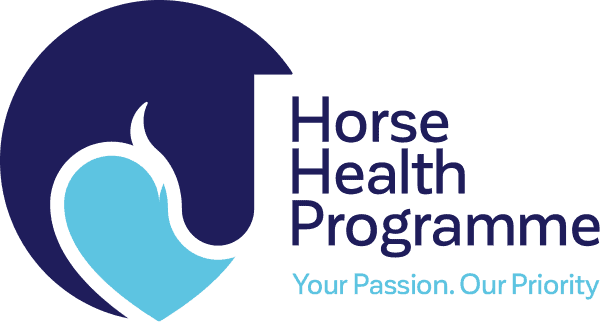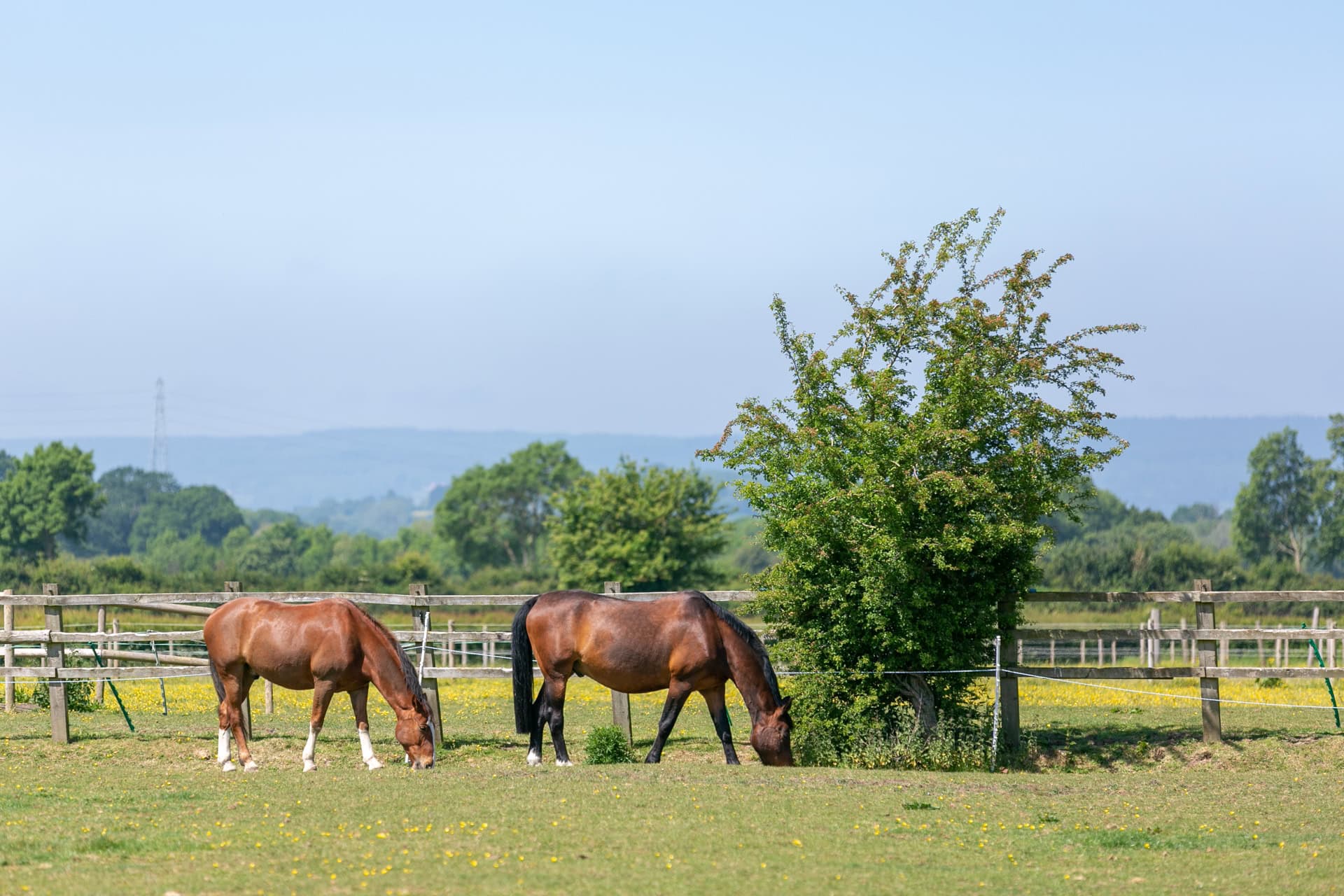Risk Assessment for Parasite Control in Horses
Download Worm Risk Assessment Form
Worming advice is changing. This is because, just like antibiotics, worms are developing resistance to the drugs that we use to kill them. This is being fuelled by the routine and over use of wormers.
A worm risk assessment, together with regular worm egg counts and tapeworm saliva tests, is the most effective way to determine if and when, a horse needs to be treated for worms. This is known as a risk-based, diagnostic-led approach to worming – only worming our horses when tests and risk assessments indicate it is necessary to do so.
- The faecal worm egg counts identify whether your horse needs to be wormed by measuring the number of redworm eggs that the horse is passing in its poo (and therefore contaminating the pasture)
- The tapeworm saliva test tells you whether it has a significant tapeworm burden (worm egg counts are unreliable indicators of tapeworm infection).
- Finally, the annual worm risk assessment helps to ascertain whether your horse needs to be given a routine treatment for encysted small redworm larvae in the winter. It also enables us to monitor your horse over time and to provide advice about a suitable worming programme and other things you can do to help minimise your horse’s worm burden.
Why do we need to do a worm risk assessment?
- The most important worms of adult horses (small redworms and tapeworms) can cause serious, and sometimes fatal, disease (such as colic, weight loss and diarrhoea) if horses accumulate heavy worm burdens.
- These worms are developing resistance to the drugs that we use to kill them (known as “wormers” or “de-wormers” or “anthelmintics”) at an alarming rate all over the world.
- There are no new wormers being developed, so we must do everything we can to keep the drugs that we have working for as long as possible – otherwise we will not be able to effectively treat horses with heavy worm burdens.
- It is essential that we reduce the quantity of wormers that we currently use, and only treat horses with wormers when we are certain that they need treatment.
- We must maximise the use of other ways of controlling worms, such as good pasture management (including poo-picking), to reduce our reliance on drugs.
- As well as the risk assessment being the most effective way of deciding if and when a horse needs treatment with a wormer, it can help to identify other ways of preventing heavy worm burdens.
- Most adult horses (over 4-5 years of age) are at a low risk of small redworm larvae infection.
What tests are needed to do a risk assessment?
- Some of the most important pieces of information that are needed to undertake a risk assessment are the results of tests that help determine whether a horse is at risk of accumulating large numbers of worms.
- Tests that are really important include:
- Regular faecal egg counts – these estimate how many redworm eggs the horse is passing in its droppings (they do not tell you how many worms the horse has got).
- Tapeworm saliva tests – these estimate how many tapeworms the horse has accumulated.
- Other tests that may be needed in certain situations include:
- Small redworm blood test – this can be used in some horses to estimate how many small redworms the horse has got.
- Faecal egg count reduction test – this is used to help determine if the redworm population that a horse has got is resistant to a particular wormer.
What does the Worm Risk Assessment involve?
- In most horses the risk assessment will be done annually. The ideal time is at the same time that you carry out the tapeworm saliva test, although it can be done at any time of the year.
- You will need to answer some questions on a form which you can get from your veterinary practice or download from here Download Worm Risk Assessment Form
- The completed form needs to be returned by email to your veterinary practice. It is an interactive form, which means it can be completed and saved on a device such as a PC, tablet or phone. It does not need to be printed.
- Information needed to do the risk assessment includes:
- Age
- Number and ages of other horses on the same pasture
- Whether the horse grazes with other animals such as cattle, sheep, and/or donkeys
- Size of the pasture and the number of horses grazing each acre
- Frequency of poo-picking
- Results of faecal egg counts, tapeworm saliva tests and any other tests that have been undertaken
- Whether the yard has an open or closed policy and if open, what, if any, quarantine procedures are applied.
- The risk assessment will provide a score that can be used to decide whether the horse needs treating with a wormer or not, and whether/how the risk of worm infection can be reduced. This will be particularly important in the autumn to help decide whether or not the horse should be given a wormer to treat encysted redworm larvae, but will also be valuable all year round.
- If the risk assessment score is moderate-high, then your vet or SQP will discuss other things that can be done (other than treating with wormers) to reduce the risk of your horse picking up large numbers of worms, and to reduce the risk of wormer resistance developing or increasing.
Results of the Worm Risk Assessment
The results of the risk assessment will be reported to you by your veterinary practice.
Where the worm risk assessment results in a low redworm risk score, along with a low-risk result from the tapeworm saliva test, then your vet may advise that worming your horse in the autumn/winter is not necessary. A routine treatment of moxidectin in the winter is not recommended for horses identified as low risk of infection from small redworm. A blood test is available to confirm this and provide more information if required.
Where the worm risk assessment results in a moderate-high risk score, and/or the tapeworm test indicates a moderate-high risk, then your vet or SQP may recommend treatment with an appropriate wormer and will discuss other things that can be done to reduce the risk of your horse picking up large numbers of worms, and to reduce the risk of wormer resistance developing or increasing.
The Horse Health Programme has got you covered!
If your horse is a member of the Horse Health Programme, the benefits include everything you need to help you implement a diagnostic-led worming programme:
- Four faecal worm egg counts
- An annual tapeworm saliva test
- An annual Worm Risk Assessment
- An appropriate winter wormer (if one is needed)
Your vet will be happy to help you if you have any questions.
https://www.horsehealthprogramme.co.uk/about-us/






